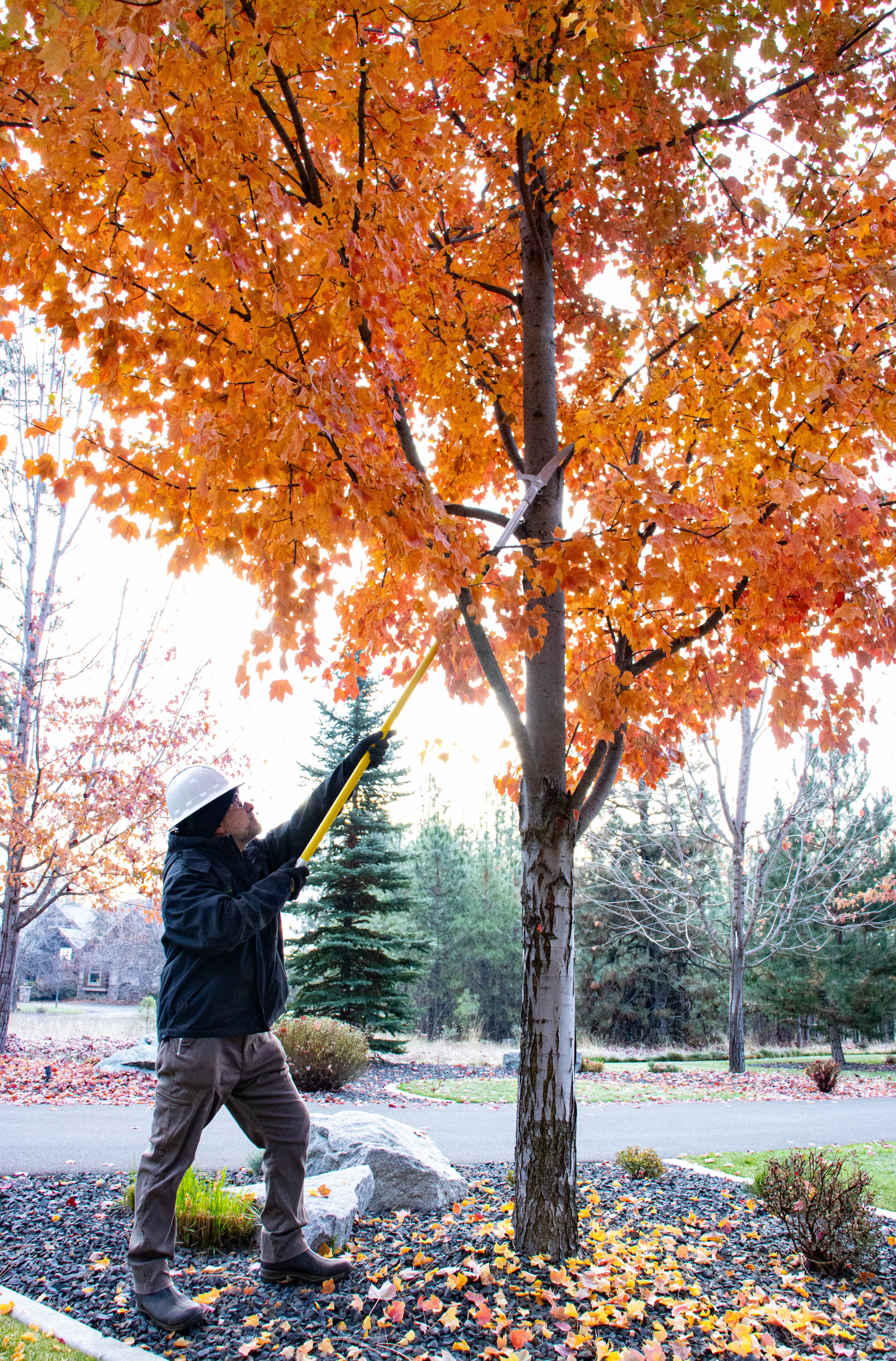
Pruning is a vital aspect of tree care, but it often comes with its fair share of misconceptions. In this blog post, we'll debunk some common pruning myths to help you make informed decisions and promote the well-being of your trees.
Myth #1: Pruning Can Be Done Anytime
Reality: Timing is crucial when it comes to pruning. Each tree species has an optimal time for pruning to support growth and minimize stress. Pruning during dormancy in late winter or early spring is generally recommended, but exceptions exist. Consultation with a certified arborist can guide you on the best time for your specific trees.
Myth #2: Severe Pruning Stimulates Growth
Reality: While it might seem logical that aggressive pruning leads to vigorous growth, the truth is quite the opposite. Excessive pruning can stress the tree, diverting energy away from growth and potentially harming its overall health. A balanced approach, removing dead or weak branches, is more effective for encouraging healthy development.
Myth #3: Pruning Wounds Don’t Need Care
Reality: Pruning creates wounds on trees, and proper care is essential to prevent disease and decay. Applying a wound dressing or sealant, however, is not recommended. Research has shown that trees naturally compartmentalize wounds and sealing them may actually hinder the healing process. Clean cuts and proper pruning techniques are more critical for tree health.
Myth #4: Topping Trees is a Quick Fix
Reality: Topping, or indiscriminate cutting of tree branches, is often viewed as a quick solution for size reduction. In reality, topping can lead to a host of issues, including stress, decay, and an unsightly appearance. A certified arborist can employ proper pruning techniques to reduce size while maintaining the tree's integrity.
Myth #5: All Trees Require the Same Pruning Approach
Reality: Different tree species have unique growth patterns and requirements. Using a one-size-fits-all approach to pruning can lead to unintended consequences. Tailoring pruning techniques to the specific needs of each tree ensures optimal health and appearance.
Understanding the truth behind common pruning myths is crucial for anyone invested in the well-being of their trees. Instead of relying on misconceptions, seek advice from certified arborists to develop a proper pruning plan that enhances the beauty and longevity of your landscape. Remember, informed decisions lead to healthier, more resilient trees.